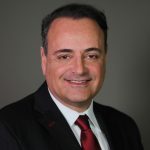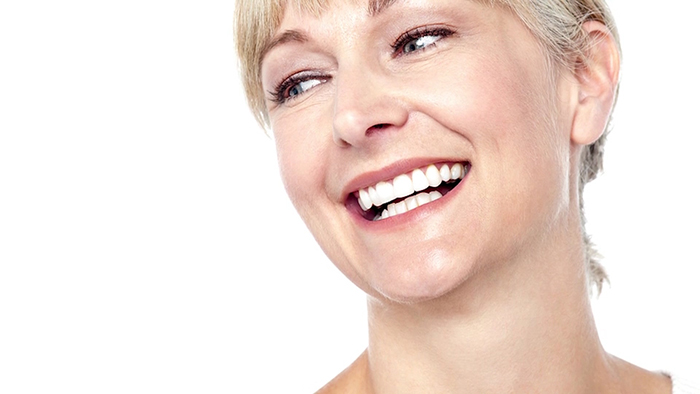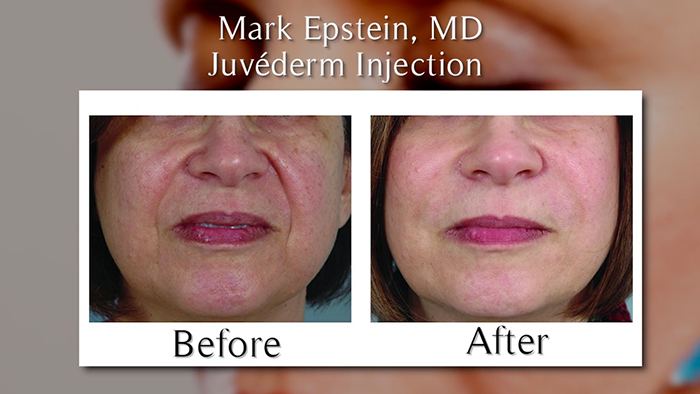Thanks to our current media’s obsession with celebrity and youth, everyone these days seems to be focused on how their face is aging, particularly that area known as the nasolabial folds which spans from the bottom of the nose to the outside edge of the mouth. “A lot of patients come to me for fillers in the nasolabial folds,” says Dr. Mark Epstein, a board certified plastic surgeon in New York. “Everyone is focused on the nasolabial folds.” And though fillers can work wonders, it is always important when treating the mid-face that a surgeon look at the face in total. For Epstein, this means addressing any loss of volume in the cheek which may be the actual source of the sagging skin around the nose and mouth.
by Katherine Stuart
and Mark Epstein, MD
The Cheek & The Nasolabial Folds
The cheek and the nasolabial folds are like Fred Astaire and Ginger Rogers — one can’t work without the other. Whenever a patient comes in complaining about his or her “parentheses,” Dr. Epstein will first look at that patient’s cheek. Why? Because the deepening of the nasolabial folds are often a direct result of a loss of support in the cheek area. Basically, as the cheek loses volume with age, it deflates which causes the skin in the mid-face to sag. In order to reverse these early signs of aging, Epstein will use filler to plump up the hollow between the nose and the mouth, but he will also use it to plump up the cheekbone. Addressing both areas together delivers the kind of youthful, natural results that patients love.
Juvéderm Voluma
One of the most important things with fillers is knowing which one works best for each area of the face. Juvéderm Voluma is a hyaluronic acid-based filler that is ideal for addressing mid-face volume loss. When Epstein first got his training from Allergan in the use of Voluma, he was taught to inject it tangentially into the subcutaneous tissue of the cheek to restore volume. It worked, but he found that the shape wasn’t exactly what he wanted. It delivered volume, but it didn’t deliver the kind of definition in the cheekbone that he desired. So, he began injecting the Voluma “right onto the surface of the cheekbone.” He uses about 4-6 injections per cheekbone, to rebuild the soft tissue that’s been lost. When you inject on the bone, there is less diffusion so you’re able to build the entire area outward, getting more definition, and a better shape. Also, when you pick up the cheekbone, it picks up the nasolabial fold. A patient may still need a bit of Juvéderm Ultra Plus in the fold itself, but it requires considerably less product once you correct the primary problem in the cheek.
Patient satisfaction has been extraordinary. The procedure takes less than 15 minutes and since there are no blood vessels on the bone, there is almost no bruising. Dr. Epstein will even use it on a patient with an event that weekend. Furthermore, he believes that, “it cuts down on expense and reduces future injections because you’re using the product in a way that gives the maximum result.”

















Facebook
Twitter
Instagram
YouTube
RSS